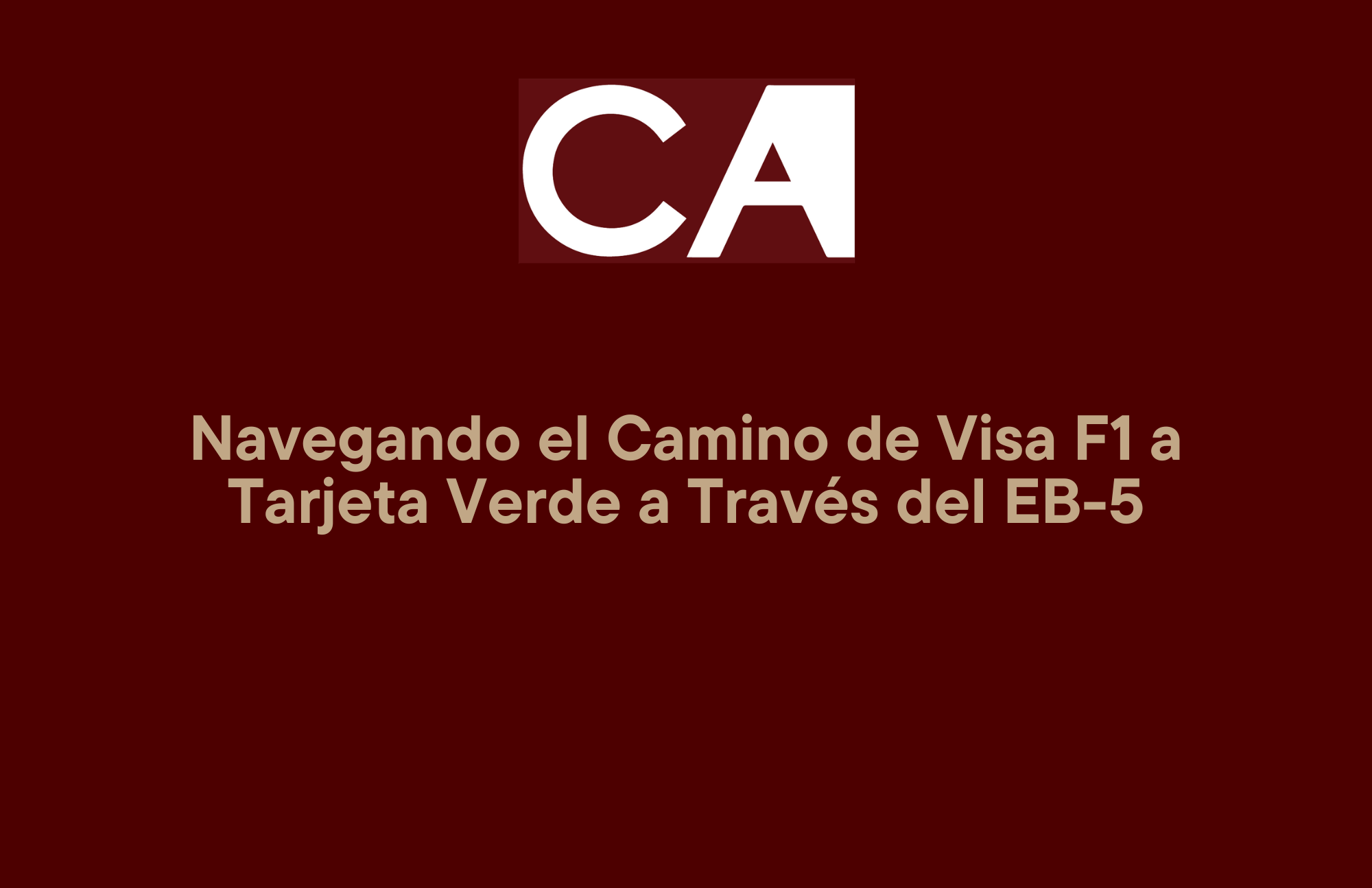As EB-5 investors continue to explore financing options to fund their investments, loans—especially secured and structured loans—are playing an increasingly prominent role. But with opportunity comes complexity, and ensuring compliance with USCIS guidelines has never been more critical.
A recently published article on EB5Investors.com titled “EB-5 Loans: How to Avoid Common USCIS Application Rejections” dives into the most common mistakes investors make when using loans to fund their EB-5 investments—and how to avoid them.
We’re proud to share that CanAm’s General Counsel, Walter Gindin, is among the leading experts cited in the article. Walter shares practical guidance on structuring EB-5 loans to meet USCIS standards and reduce the risk of delays or denials.
“That means making sure the loan is fully documented, personally guaranteed by the investor, and not tied to any assets from the EB-5 project itself,” Walter explains. “There’s a strong push to avoid anything that might look like a shortcut—like informal personal loans with no paperwork or loans secured by the project.”
Why It Matters
USCIS has increasingly scrutinized EB-5 applications involving loans—especially unsecured or undocumented ones. Applications may be denied if:
- The loan is not personally guaranteed by the investor
- The loan is secured by the EB-5 project itself
- The source or path of funds is not clearly documented
- Ownership of the lending entity and the regional center overlap
Walter emphasizes that investor capital must be fully at risk and clearly the investor’s own. That means demonstrating personal liability for the loan and documenting the lawful source and transfer of funds into the project.
“If those conditions are met—personal liability, lawful source of funds, and a clear flow of money into the investment—then the loan structure is generally considered compliant with USCIS policy,” he says.
Secured vs. Unsecured Loans: What You Need to Know
While both secured and unsecured loans can be used in EB-5, documentation and structure are key. Secured loans tend to draw less scrutiny but must still avoid collateral tied to the EB-5 project. Unsecured loans can be acceptable—but only if the investor can prove they are legally obligated to repay and can clearly document the source and path of funds.
“With the right documentation and a credible lender, an unsecured loan can be a viable option,” says Walter.
The full article, also featuring commentary from EB-5 attorney Marjan Kasra, outlines additional red flags to avoid—like commingled funds, common ownership between lending entities and regional centers, and lack of independent oversight.
Read the full article here:
EB-5 Loans: How to Avoid Common USCIS Application Rejections
At CanAm, we work closely with investors and their counsel to ensure their EB-5 filings are well-documented and fully compliant. Walter’s contribution to this piece reflects our ongoing commitment to providing clear, practical guidance in a constantly evolving regulatory landscape.


